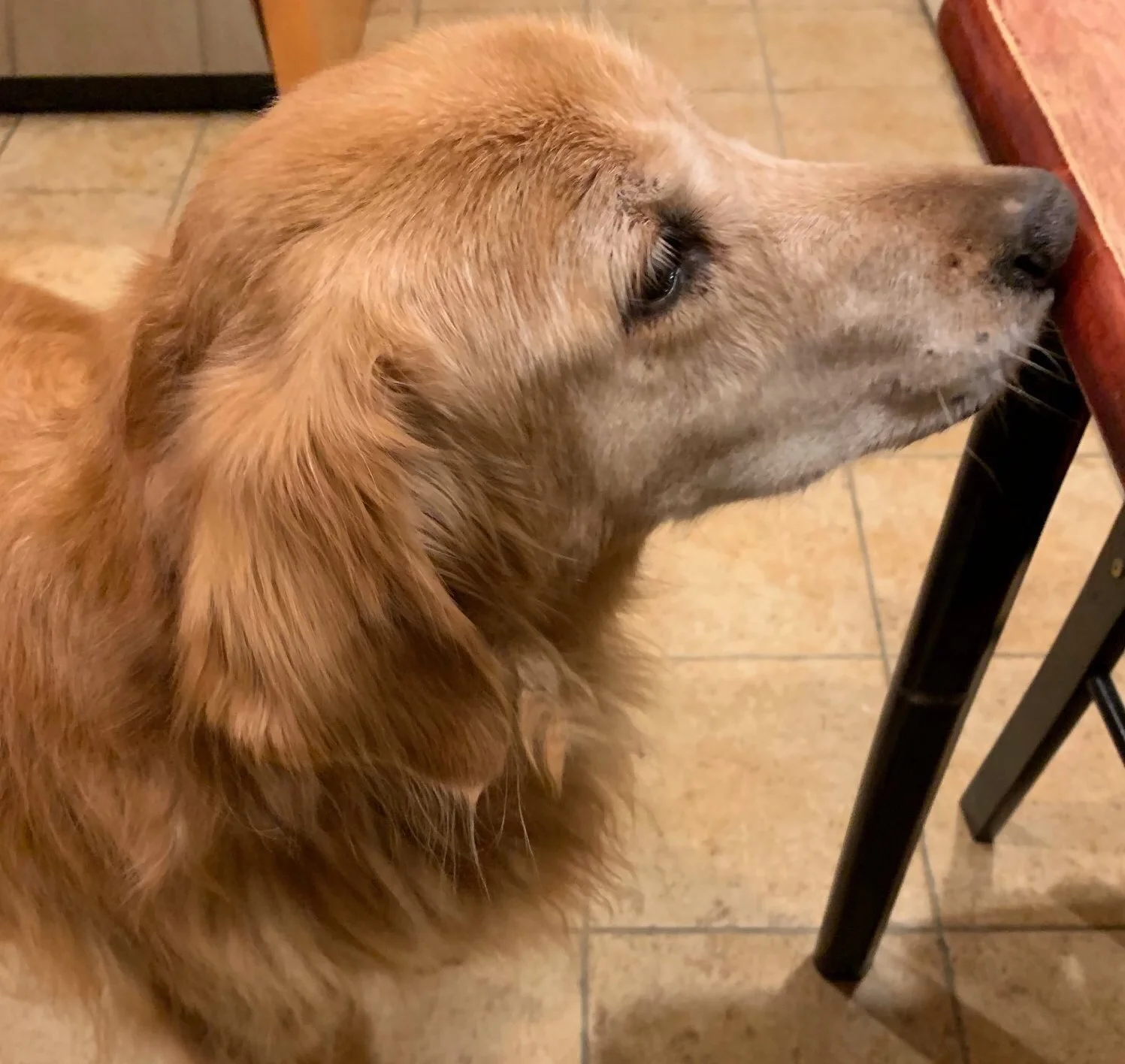About
Food is at once local and global. It is a universal need—the fuel which powers our muscles and our brains. But it is so much more than that. Food can be part of our most memorable celebrations, or a comfort in hard times. Every country, every city, even every family has its own food traditions. Over the centuries, food has helped to shape every culture, developing into unique cuisines around the world. Every dish has a story to tell. Stories of people past and present, of traditions and trade, of evolution and revolution, of the inexorable spread of good ideas.
I am American-born Taiwanese, a professional scientist and amateur historian. Like many second-generation Americans, I sometimes struggled with the trifecta of gaps which existed between me, my parents, and my grandparents—culture, generation, and language. The thing that was best able to bridge these gaps was food. Some of my best family memories revolve around making food together, or exploring the night markets of Taiwan when we visited.
My time in the kitchen began early. When my parents worked late, I would hunt for food for myself and my sister. The first thing I learned to really cook was egg fried rice—I had to stand on a stool to reach the stove.
Growing up amidst California’s diverse immigrant culture, I was surrounded by a world of food—egg tarts and ice creams, tandoori chicken and carne asada, tonkatsu, ragu bolognase, and, of course, In-N-Out burgers. Exposure to such an incredible expanse of cuisines sparked an early interest in cooking. While still in primary school, I began experimenting with recreating in the home kitchen the things I experienced outside (still working on that last one…). Researching recipes and ingredients, I found myself immersed food science and food history—synthesizing all of my interests in my search for understanding. As an adult, I continue to seek new food experiences, both in my own home and in my travels around the world.
“What’s for dinner?”
Here at the Phase Changes Kitchen, I hope not just to create delicious recipes, but to use history and science to explain how dishes came to be, and why they work (with a healthy serving of fun facts along the way!).
How does the soup get into soup dumplings? Why do clams open when cooked? How did turkey become the quintessential American Thanksgiving centerpiece? Who was General Tso? Why is sticky rice so sticky? How did curry become a Japanese dish, and why does it look nothing like Indian food? What do tacos al pastor have to do with the Sykes-Picot Agreement of World War I? And which Founding Father was also the first to use the word “tofu” in English? You’ll find all of the answers here!
I believe that food has the power to bring people together. It reminds us of our common needs, our common heritage, and our common aspirations. I have learned so much through cooking, and remain ever eager to learn more. So join us as we explore the world of food, searching for answers and uncovering ever more questions about the world we share.



